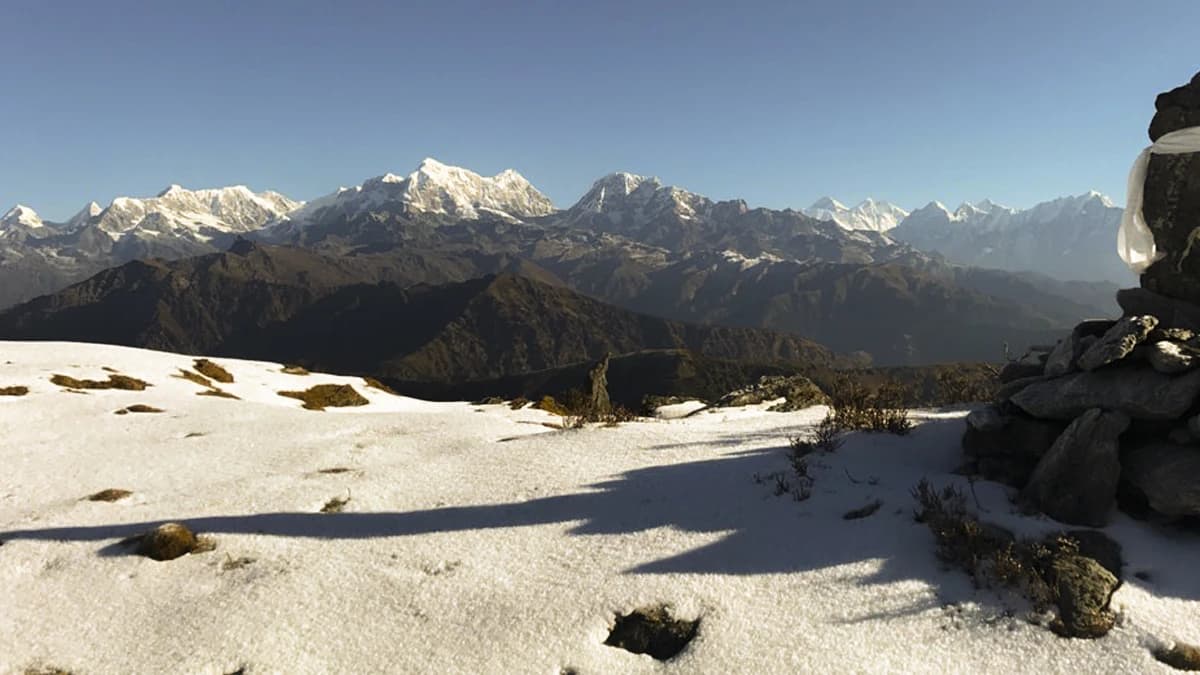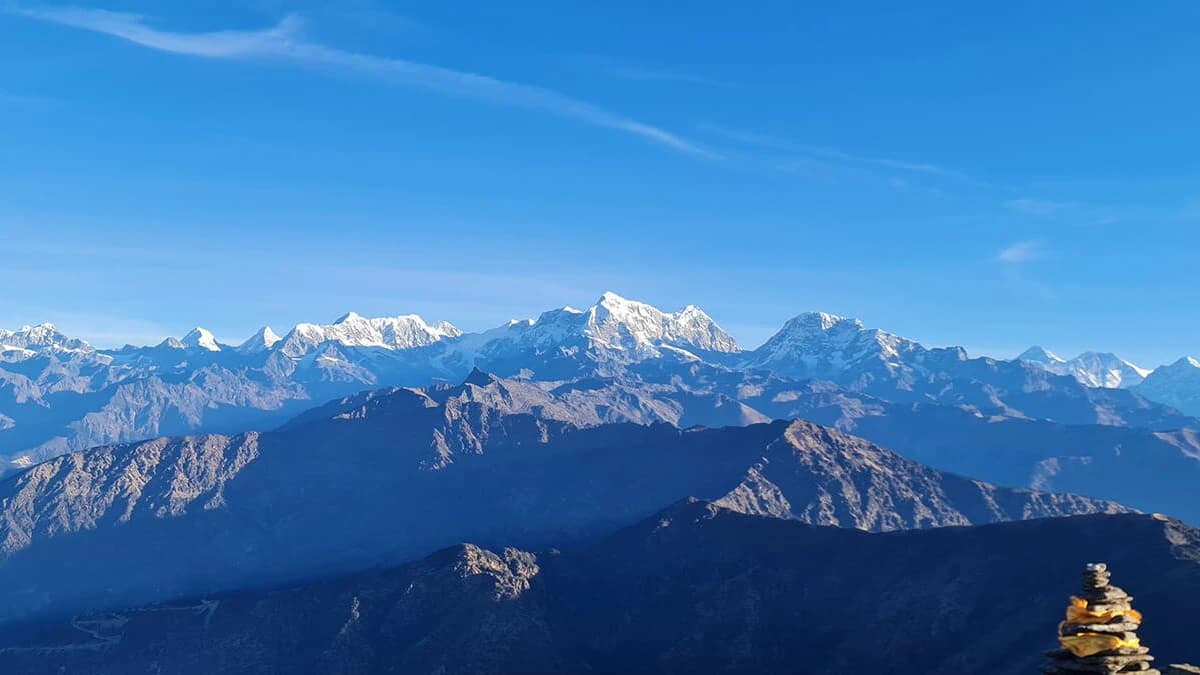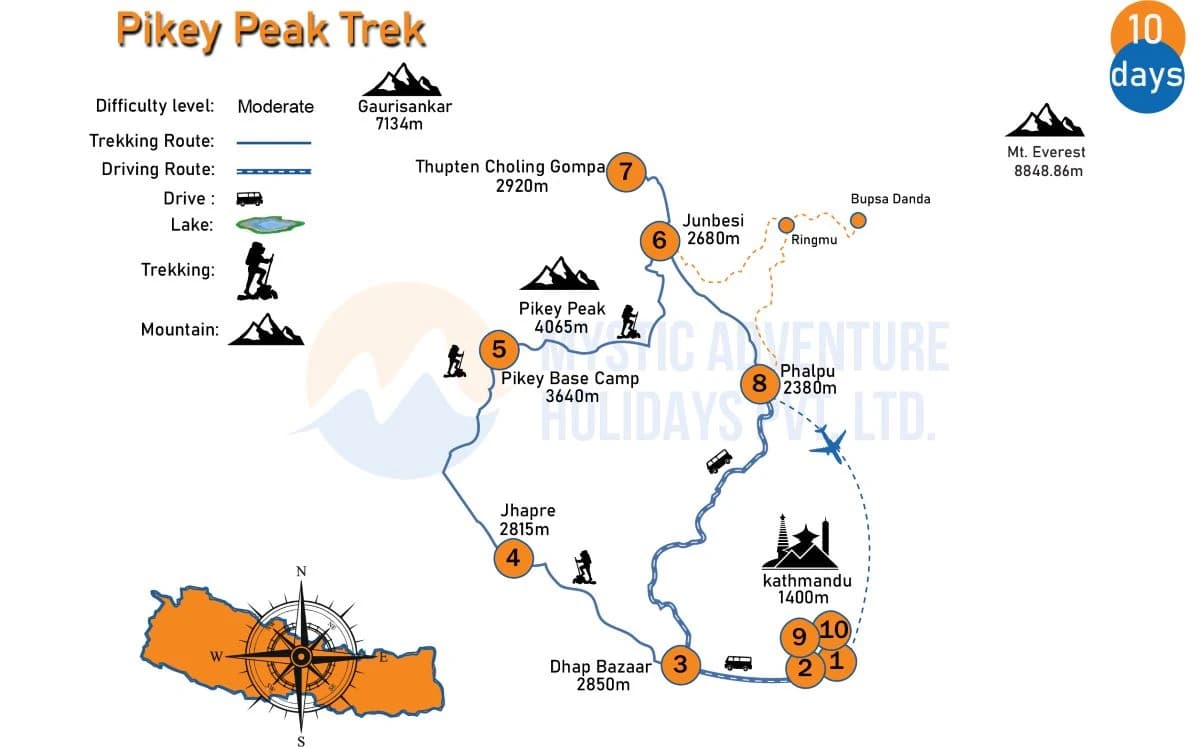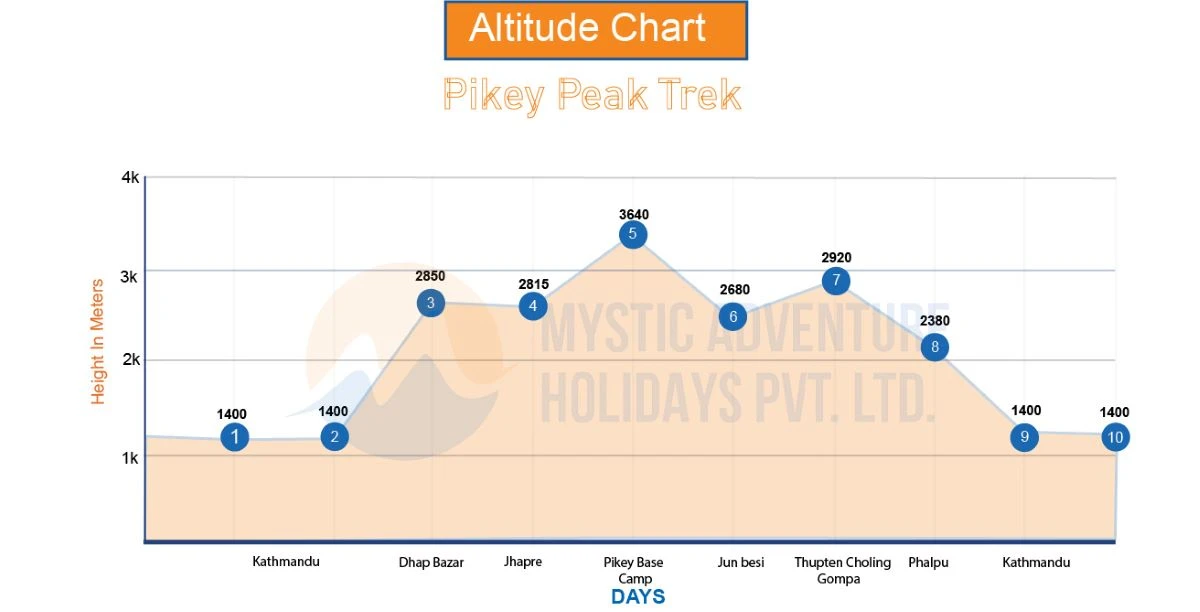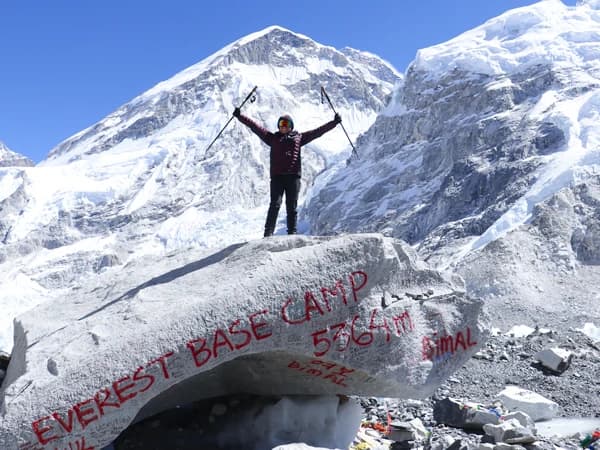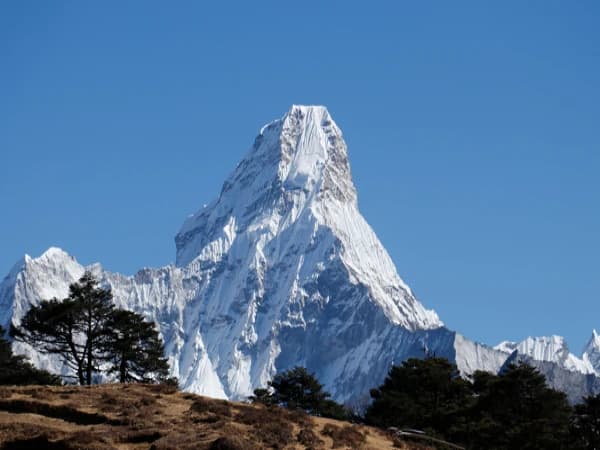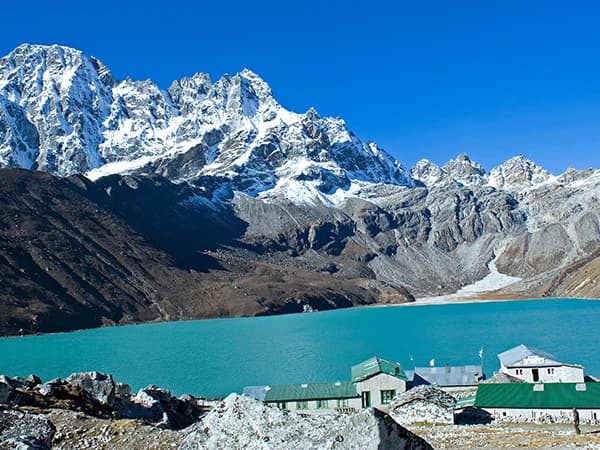Pikey Peak Trek is a journey to the vantage point, Pikey Peak Base Camp, and Pikey Peak for the views of the snowcapped peaks, including Mount Everest, Lhotse, and Kanchenjunga, along with the cultural immersion. The Pikey Peak Trek itinerary includes trekking through lush green forests close to nature.
Highlights of 2026 Trek
- Exploration of the unesco world heritage sites like Pashupatinath Temple, Swyambhunath Temple, and many more in Kathmandu Valley.
- Breathtaking views of the snowcapped peaks like Mount Everest, Kanchenjunga, Makalu, and Lhotse.
- Spectacular sunrise and sunset views, where the first light casts a golden hue over the white mountains.
- Immersive experience in Sherpa culture, with opportunities to visit traditional villages and monasteries and interact with local communities.
- Get to enjoy the local organic foods and delicacies, such as yak cheese, during the journey.
- Offers a more tranquil trekking experience and authentic interactions with locals.
- Trekking through the lush green hills, terraced fields, dense forests of rhododendron and pine, and alpine zones.
- Chance to encounter the diverse flora and rare fauna of the Sagarmatha National Park.
Brief Overview of 2026 Trek
Pikey Peak Trekking is known as an offbeat path since everest base camp trekking started from Lukla. On the way to the summit, you can see the terraced fields, alpine meadows, and picturesque waterfalls. From this summit, you can see a clear and panoramic view of Mt. Everest.
The Pikey Peak trekking itinerary starts with sightseeing in the Kathmandu Valley. Then the journey to Pikey Peak continues, passing through notable destinations like Dhap Bazaar, Jhapre, and Pikey Base Camp. Then the return journey to Kathmandu includes crossing the villages and sites like Jhun Besi, Thupten Chholing Monastery, and Phaplu.
This route to Nepal's Pikey Peak traverses through the lush forests filled with rhododendron and pine. During the journey, you will get a chance to encounter the diverse fauna, including the Himalayan Monal, Red Panda, Snow Leopard, Kalij Pheasant, Himalayan Griffon, and so on.
This trekking journey takes you to the villages where Sherpa communities reside. There you can get some insights on their culture and lifestyles. Furthermore, you will get to taste their unique cuisines and stay in their teahouses or lodges.
Major Highlights of 2026 Trek
-
UNESCO World Heritage Sites in Kathmandu Valley (1,400 meters)
There are seven UNESCO World Heritage Sites inside Kathmandu Valley. Each heritage site reflects the rich cultural and historical tapestry of the region. The UNESCO World Heritage Sites in Kathmandu Valley include Kathmandu Durbar Square (Hanuman Dhoka), Patan Durbar Square, Bhaktapur Durbar Square, Swayambhunath Stupa (Monkey Temple), Boudhanath Stupa, Pashupatinath Temple, and Changu Narayan Temple.
-
Dhap Bazaar (2,932 meters)
Dhap Bazaar is one of the beautiful settlements on the Pikey Peak trekking trail in the Solu Khumbu region of Nepal. You can reach Dhap Bazaar from Kathmandu via bus or jeep. Buses and jeeps typically depart from Chabahil in Kathmandu early in the morning, around 5-6 AM. There are several teahouses and lodges in the Dhap Bazaar where you can stay overnight.
-
Jhapre (2,920 meters)
Jhapre is a small village located in the lower Solu Khumbu region of Nepal. From the Jhapre Bazaar, you can see the stunning views of the surrounding Himalayan peaks, including Mount Everest and Numbur Himal. The village is home to the Jhapre Monastery (Gomba) too. In the monastery, you can see the beautiful decorations, including statues and wall paintings. Besides it, there are several teahouses and lodges offering overnight stays for the Pikey Peak trekkers.
-
Pikey Base Camp (4,065 meters)
Pikey Base Camp is an important destination that you will visit during the Pikey Peak short trek. From the base camp, you can see the panoramic vistas of the Himalayan range, including Mount Everest, Lhotse, and Kanchenjunga. There are several locally run teahouses and lodges where you can gain a deep insight into Sherpa traditions and lifestyles. If you are going in in July, you can also participate in the cultural celebrations that take place in base camp honoring their clan god.
-
Pikey Peak ( 4,065 meters)
Pikey Peak is the main destination of the trek. From there, you can see one of the best views of the mountains, like mount everest, Lhotse, Kanchenjunga, and Makalu. This viewpoint is accessible from Kathmandu. If the novice wants to trek to Pikey Peak, they can do proper preparations and then go for the trek.
-
Jhunbesi (2,700 meters)
Jhunbesi, also known as Jun Besi, is a Sherpa village located in the Khumbu region of Nepal. It is also one of the key stops for other popular treks like the Everest Base Camp Trek. The village is located on the Pikey Peak Trek route and offers stunning views of the natural landscapes and rich cultural heritage. You can experience authentic Sherpa culture through interactions with locals and participation in local festivals, such as the Dumji Festival.
-
Thupten Chholing Gompa (3,000 meters)
Thupten Chholing Gompa is a Buddhist monastery located in the Solukhumbu district of Nepal. It is near Jhunbesi village. It was established by Kyabje Trulshik Rinpoche in the late 1960s.
Why Us for the Pikey Peak Trek 2026?
3S: Safety, Success, and Satisfaction
Booking a Pikey Peak Trek package with Mystic Adventure Holidays offers superior service and benefits. Here's why:
- Client Safety: Our trips are organized with the utmost safety in mind.
- Best Price Guarantee: Ensuring you get the best value.
- Free Transfers: Complimentary airport-to-hotel and return transfers in a private vehicle.
- Expert Guides: trained, government-licensed local guides with extensive route knowledge.
- Support for Locals: Helping local communities earn a living through tourism.
- Health Monitoring: Oximeters to monitor oxygen levels during high-altitude treks.
- Medical Preparedness: Guides equipped with medical kits to handle any situations that may arise.
- Essential Gear: Arrangements for sleeping bags and down jackets.
- Free Storage: Secure storage at our office for extra luggage during your tour.
- Convenience: Duffel bags for transferring items to be carried during the journey.
- Porter Service: A free porter to help carry your heavy bags.

